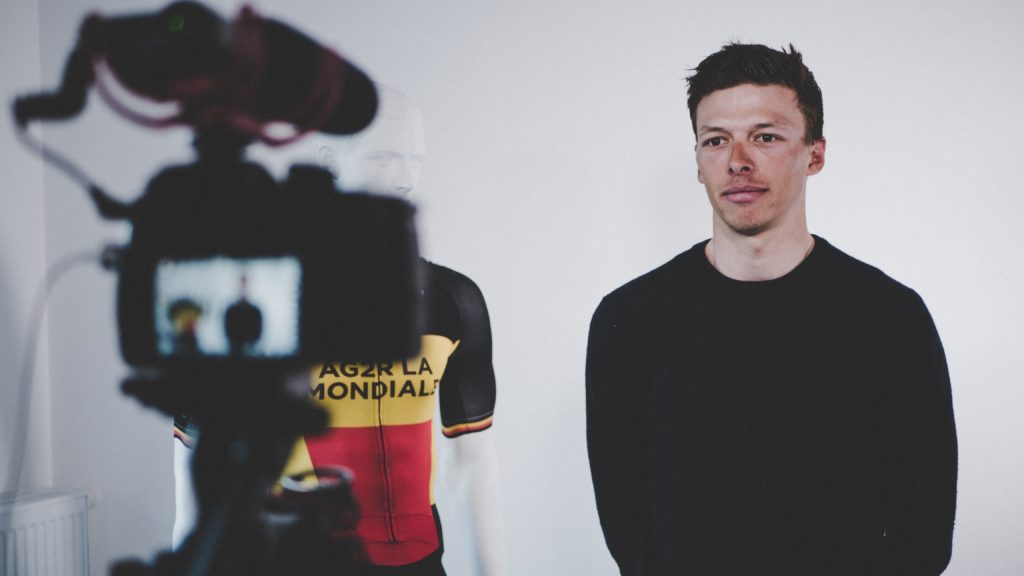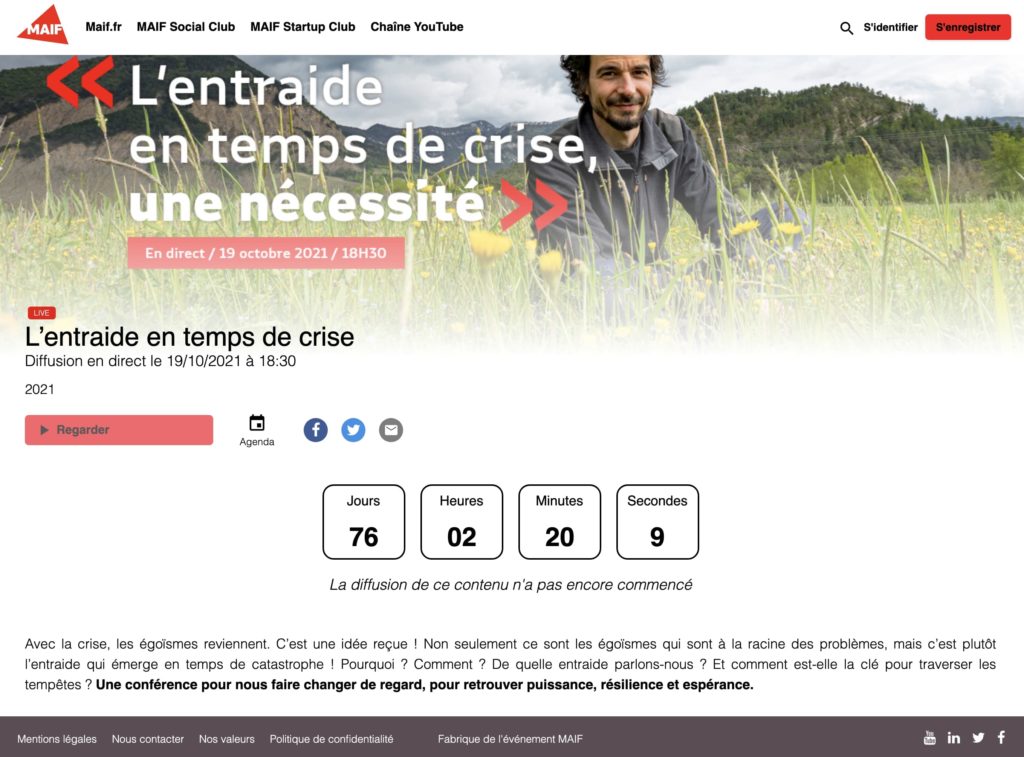Content created by companies for their customers can be very diverse with different objectives: promotion of products or services, promotion of the brand image, communication of the company values and culture, etc. In this article, we will focus on the types of content (video or audio) that companies can create for their external communication (we will leave aside content for internal use, for example).
As a brand or company, whether you’re looking for ideas for your first video, or to diversify the content you are already producing, in this article, we’ll review the different types of videos used by many companies to attract customers, and enhance their brand.
We’ll look at 6 different types of content that are relatively effective: product videos, how-to videos, testimonial videos, interview videos, live streams, and podcasts.
Product videos
This content is simply a video of your product in action. The main objective is to provide customers with a “real” vision of your product in use. It can also be a video that presents your service(s) in an illustrated way. These videos are extremely effective in explaining to your customers the features and benefits of your product. Even though beautiful visuals and a written description are essential, they are often not enough to obtain high conversion rates. This is where a video can change the game.
Here are some examples of topics you can cover when creating product videos:
- Show product ease of use;
- Emphasize the benefits or issues it solves;
- Put your products to the test;
- Answer through video to questions/arguments often asked or opposed to your product;
- Compare the product to other existing solutions;
- Make your product and company more “human”;
A nice video can be a real sales driver, so do not skimp on the quality of the video, which must be professional. Want an example? Take a look at this article or at our video presentation:
How-to videos
How-to videos are tutorial videos related to the use of one of your products or services. For example, if you sell cameras, you can show some features of the camera, or show how to use an editing tool once the camera has been used. Do you make food? Offer recipes on video! The idea is to give added value to your customers.
How-to videos can be a real selling point. Indeed, according to a study, 72% of people prefer to learn about a product or service by watching a video. Offering an instructional video generates more clicks (and visibility for the brand) than an article, and allows users to understand how to use the product.
Also, 68% of YouTube users have watched YouTube to help make a purchase decision. Creating more useful content (such as instructional films) increases the chances of being chosen over the competition.
Video testimonials
Testimonial videos are videos of customers sharing their experiences with a product or service. They are very important because they provide what is called social proof. Social proof appeals to our intrinsic need to trust our peers and not just believe the claims of a brand or company.
Before shooting a testimonial video, make sure you allow your customers to express the strengths you want to highlight in your product or service. To do this, prepare your questions in advance, or come up with a basic script that the customer can relate to. Examples of questions:
- How did our company/product/service help you?
- What were the main benefits to you?
- Why did you choose our company/product/service?
- How is our company/product/service better than others you have tried?
The main value of testimonials is credibility, which is why you absolutely must use real customers with real cases. Moreover, by putting forward your customers, you will create an active community around your brand and a feeling of belonging.

Video interviews with employees
Employee interview videos are a great way to showcase a company’s culture. They often take the form of an interview with an employee of the company about his or her place in the company, his or her way of working, but also his or her point of view on social aspects or ecological/philanthropic activities.
These contents give a more human and warm face to the company and can contribute positively to build the brand image. Here are some ideas of topics you can cover and/or types of videos you can create:
- The company’s recent achievements;
- Expert points of view on certain trades or know-how;
- The culture and social aspect within the company;
- The vision of those who participate in the manufacturing of products;
- The positioning on certain strong subjects: ecology, social and solidarity economy;
- etc.
This kind of content is relatively easy to produce. The main issue lies in the format, which must be dynamic. Alternating different shots, and why not, inserting video sequences of the employee in action within the company, can make the format more lively.
Live Streaming videos
Live streaming contents (live video) include many subtypes of content. In fact, there are live streams for several situations:
- Questions and answers with your customers
- Product demonstration
- Webinar or presentation with experts
- Special launches or announcements
- Interviews with personalities or influencers
- Conferences or events
etc.
As we have seen in this article, live streaming content generates more engagement with your customers.
Among our customers, there are some interesting use cases. For example, D-Edge, a B-to-B solution for hoteliers, offers live content where several experts are involved with a chat for questions and answers. MAIF, an insurance company, offers live conferences on ecological subjects with well-known personalities.
Whatever the products or services you offer, live streaming content should definitely be part of your marketing strategy.

Company or brand podcast
Podcasts, as discussed in this article, is a way to reach your audience in a more personal way than articles or text. Podcasts allow you to add value to your customers while letting them feel your personality, tone, and culture. Podcasts enable you to reach people who don’t read blog posts, and can help your brand or company position itself as an expert on one or more topics.
It’s easier to become a customer of a product or service when you know and trust a company. And the podcast is an excellent approach to improve your relationship with your consumers and prospects because of its private and intimate experience.
And the good news is that it’s extremely easy and inexpensive to set up. You can also film your podcasts so you can post your content to many different channels.

You are a company or a brand and you are looking for a turnkey tool to create your own streaming platform to broadcast all your content (video, audio, live streaming…)? Join our corporate customers, such as Accenture, MAIF, or D-Edge, and contact us at hello@okast.tv.